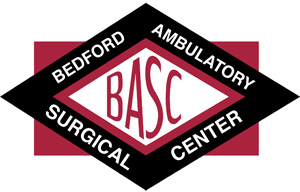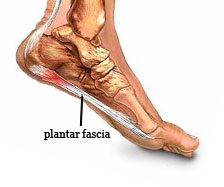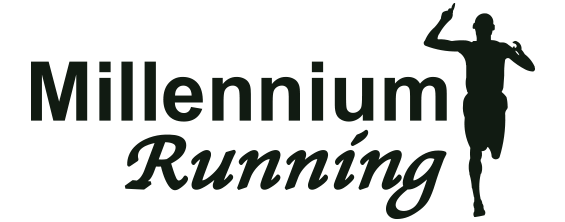Ask the Trainer: How do you treat Plantar Fasciitis?
 How do you treat Plantar Fasciitis?
How do you treat Plantar Fasciitis?
The plantar fascia is a connective band of tissue that runs from the calcaneus (heel bone) to the metatarsal heads of the foot. This band helps to support the arch of the mid-foot. Aggravation of the plantar fascia can be traced to a single traumatic episode, repeated stress, biomechanical deficits, and the presence of a heel spur, nerve entrapment, or Achilles tendon tightness. If you strain or irritate the plantar fascia it is common to experience pain with standing, walking, or running. In addition it is common to experience pain first thing in the morning when stepping out of bed or after sitting for extended periods of time. You may also notice symptoms when walking barefoot, walking on your toes, or climbing stairs. The pain and/or stiffness may start to subside after taking a few steps, however you may also notice an increase in symptoms after long activities involving being on your feet (e.g. running). This condition is common in middle aged people, but is also a common problem with younger individuals who are on their feet a lot.
Plantar Fasciitis (PF) is a common cause of heel pain and/or foot pain. In order to treat PF it is best to try and identify what may be causing the irritation first as noted above. If you can treat the cause or root of the problem rather than just the symptoms you will have a better chance at effectively decreasing your symptoms and ultimately ridding yourself of this nagging injury.
 No single treatment works for everyone with PF, but there are several options to address the symptoms and possible causes.
No single treatment works for everyone with PF, but there are several options to address the symptoms and possible causes.
• Rest is important to allow the inflammation and irritation to subside. Depending on the severity of your symptoms you may be able to just reduce your mileage or number of workouts to give your feet a break. It might also be beneficial to eliminate running on hard surfaces and pounding the pavement. You can try running on softer surfaces like trails and even a treadmill which has more give to it than the pavement.
• Footwear can also have an effect on your condition. If your shoes are old and worn out it may be time to get a new pair of shoes with good arch support. Inserts and heel cups are also another option to help minimize forces applied to the heel and to correct biomechanical imbalances like excessive pronation (flat feet) and excessive supination (high arch).
• To address pain and swelling, use ice on your heel and along the entire length of the plantar fascia. You can do this by using an ice bath or ice massage. To make an ice cup, fill a Dixie cup about half way with water and freeze. Peel back the paper and use the ice cup to massage the bottom of the foot. Another great option is to freeze a bottle of water and roll the bottom of the foot on the bottle. This allows you to ice while you also stretch the plantar fascia as you roll the foot. Other objects like a golf ball are great at helping to self-mobilize and stretch the plantar fascia.
• Medication can also help with pain and inflammation by using over the counter medication like Ibuprofen and Naproxen.
• Stretching is another important component to the treatment process paying particular attention to the toes and Achilles tendon/calf muscle. To stretch this you can use a towel to pull your foot into a dorsiflexed (toes pulled up) position or use a slant board. When performing this stretching, hold each stretch for a minimum of 30 seconds and repeat several times. Also it is good to stretch with both a bent knee and straight knee as this will target different aspects of the Achilles tendon and calf muscle. Finally for more intense cases of PF a night splint may be warranted. This device holds the foot in a dorsiflexed position while the patient is at rest which maintains the length of the plantar fascia and Achilles tendon/calf muscle.
• Strengthening of the small intrinsic muscles of the foot and lower extremity muscles (calf) may also be beneficial as symptoms subside in order to safely return to activity and minimize strain on the plantar fascia.
• When returning to running following a bout with PF it is important to progress slowly as you build up mileage, intensity and frequency of your runs. You should not increase your mileage by more than 10% (at most) a week following an injury. You can continue to supplement your training with swimming and deep water pool workouts.
Plantar fasciitis is a difficult condition to treat since there is no quick fix and takes time to heal. It’s important to remember this and have patience in your recovery. If your pain and symptoms persist you should visit a physician to ensure an accurate diagnosis. It may be possible that more formal physical therapy and modalities may be warranted to treat the condition or consultation with a specialist to address biomechanical issues.
|
|
||
| Ask the Trainer | Ask your question for the Trainer! | Ask the Trainer |
|
|
||




Leave A Comment